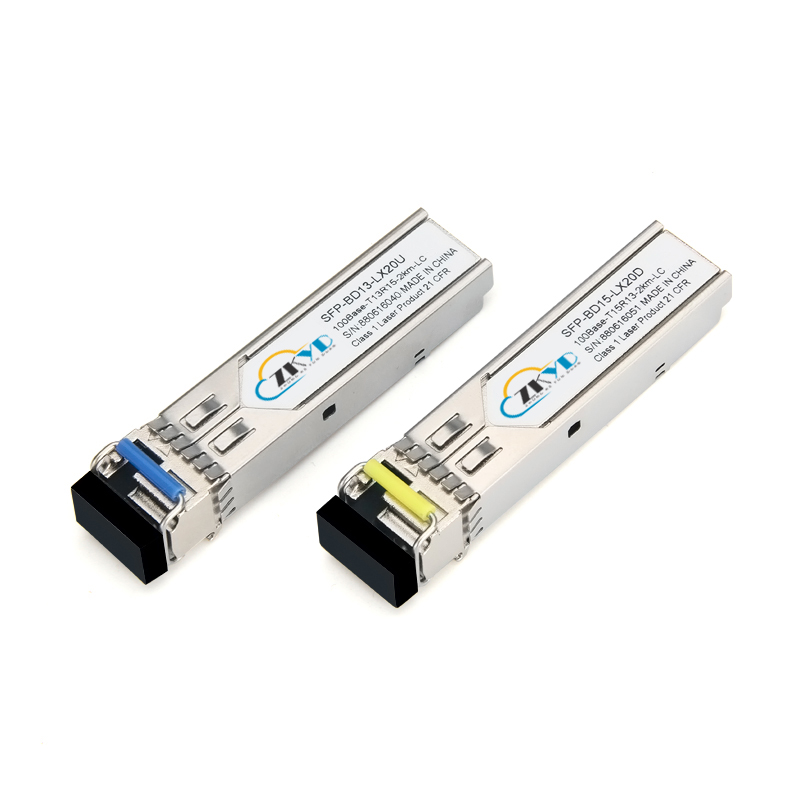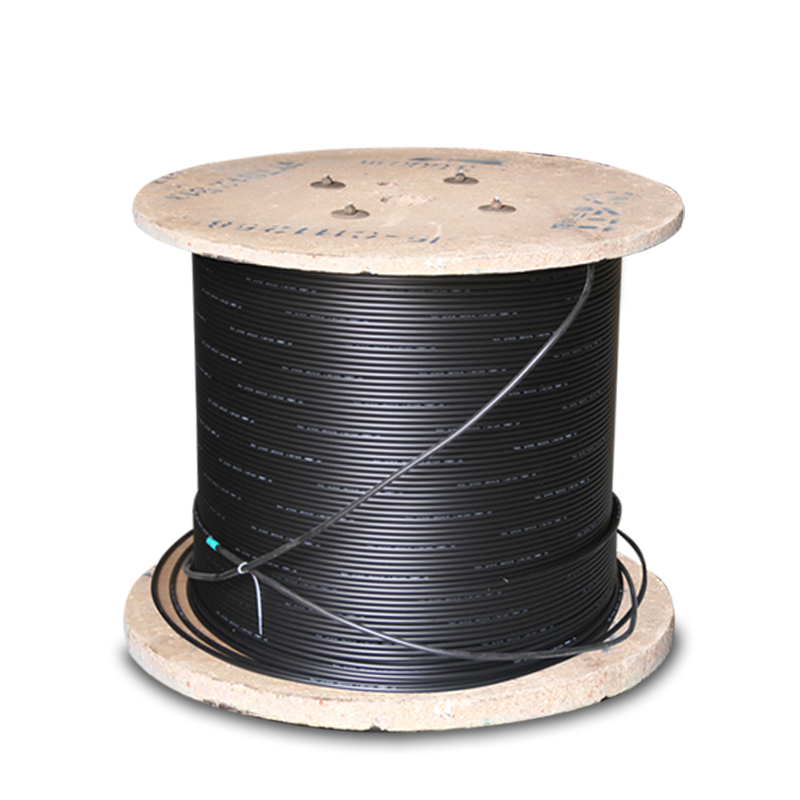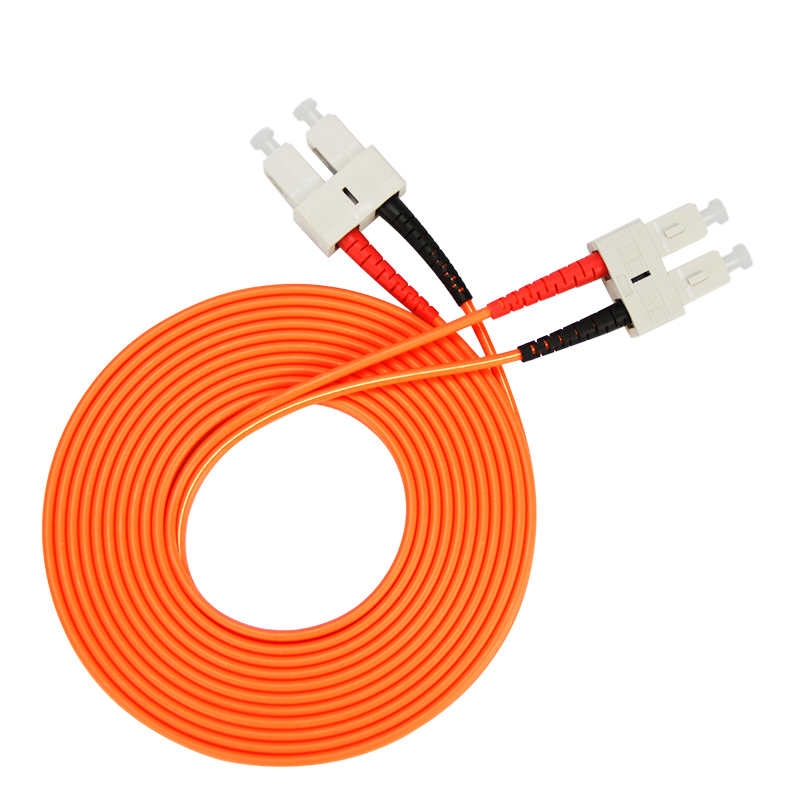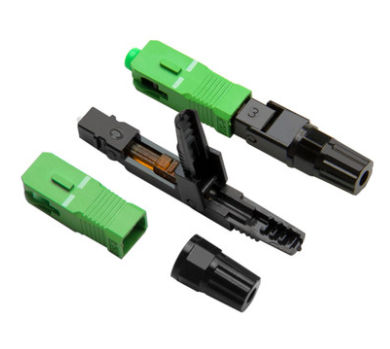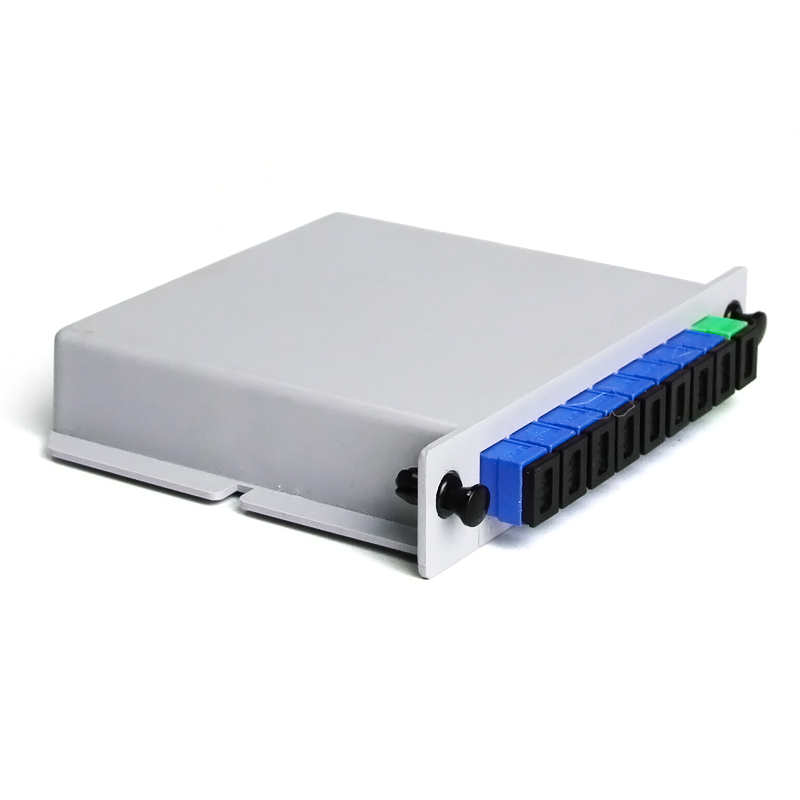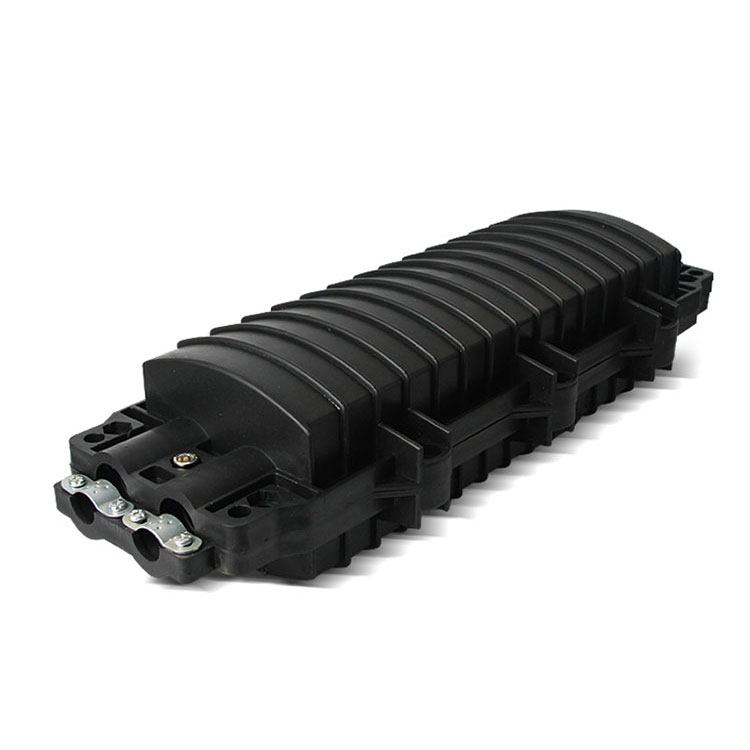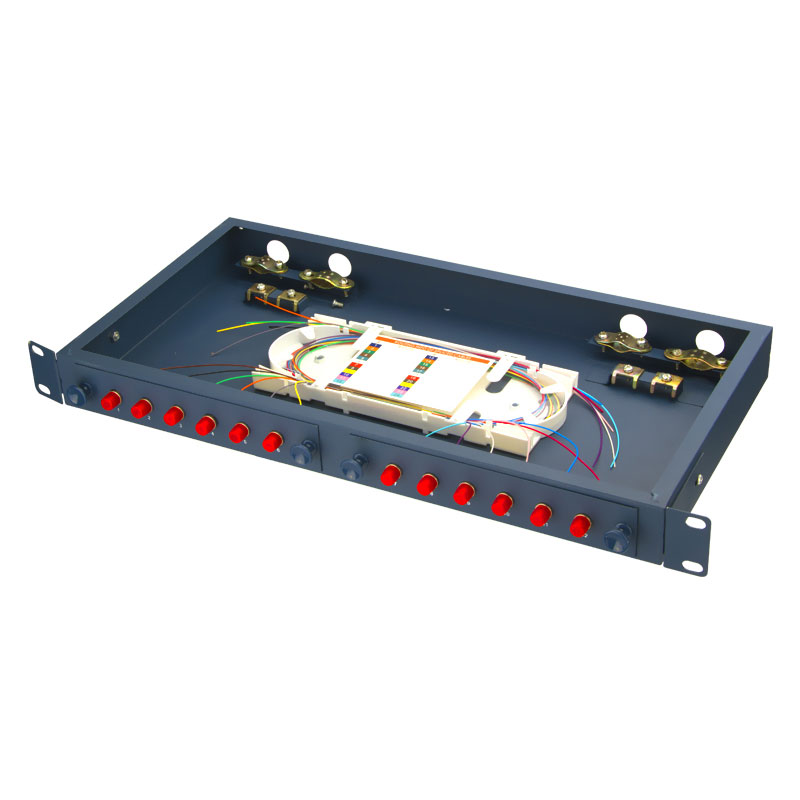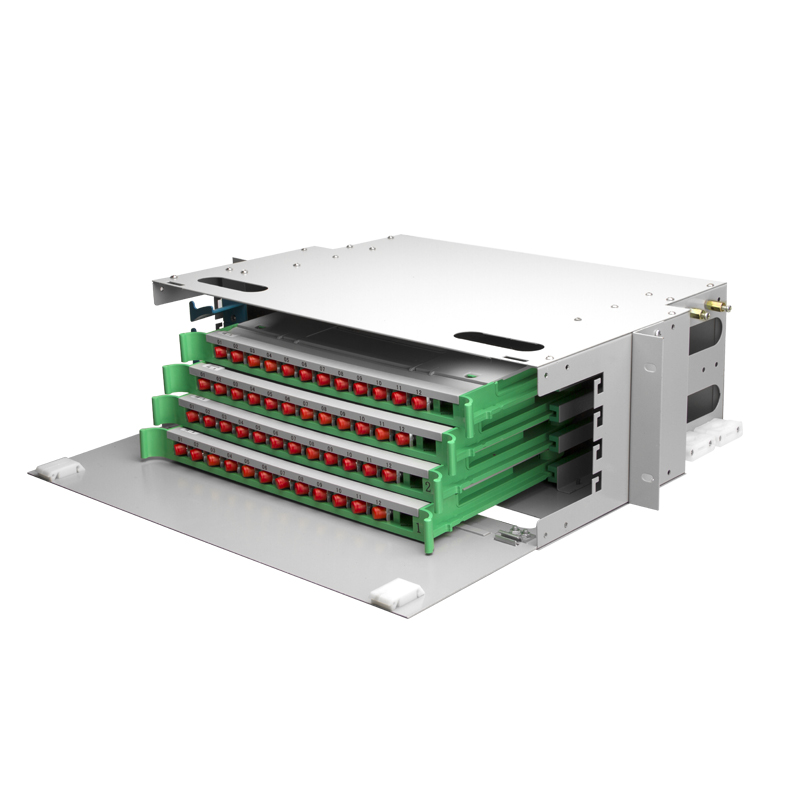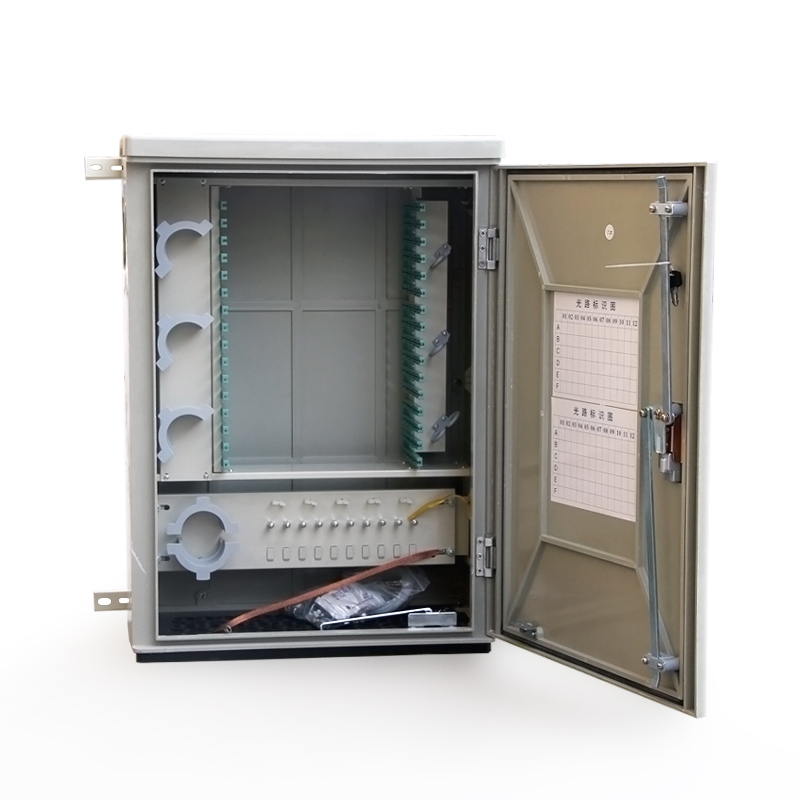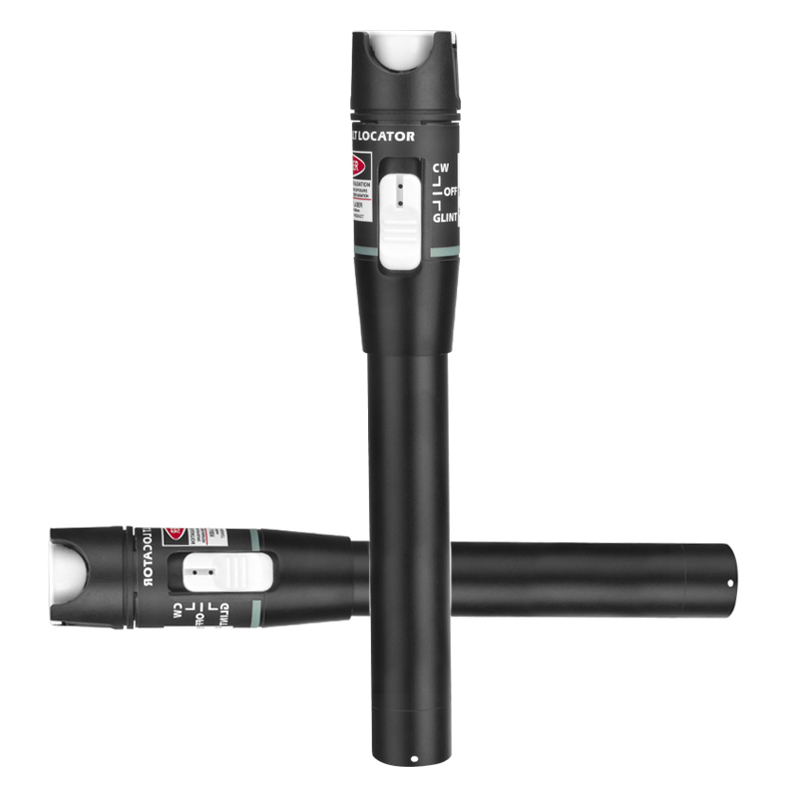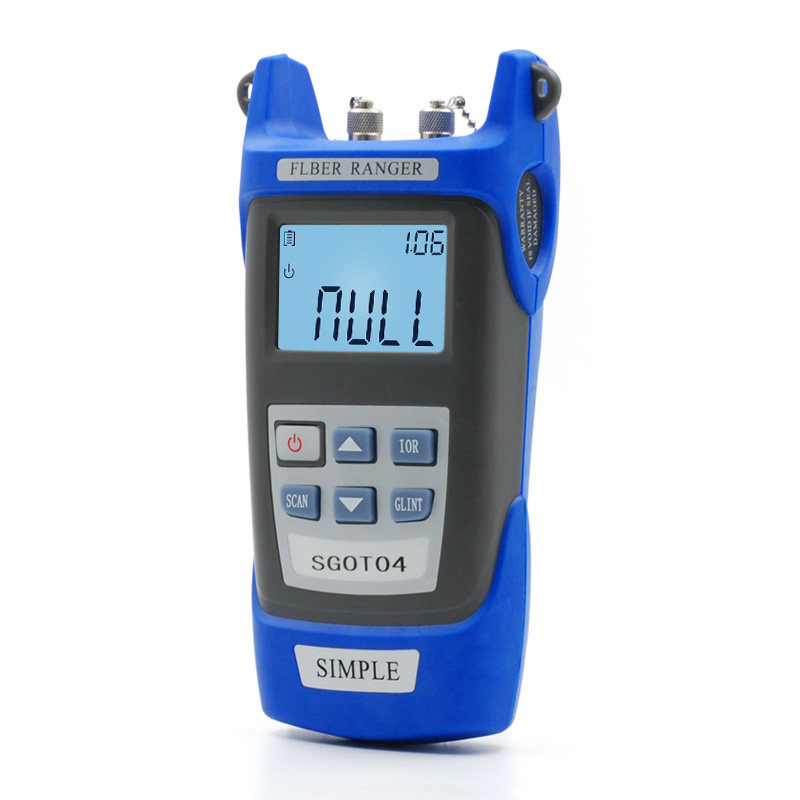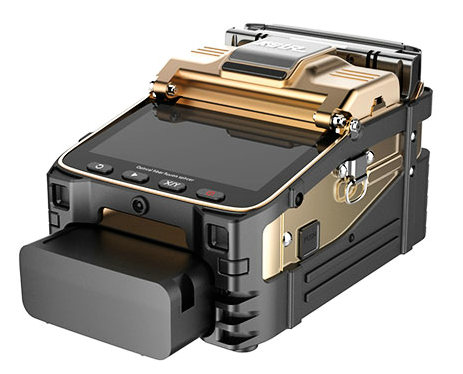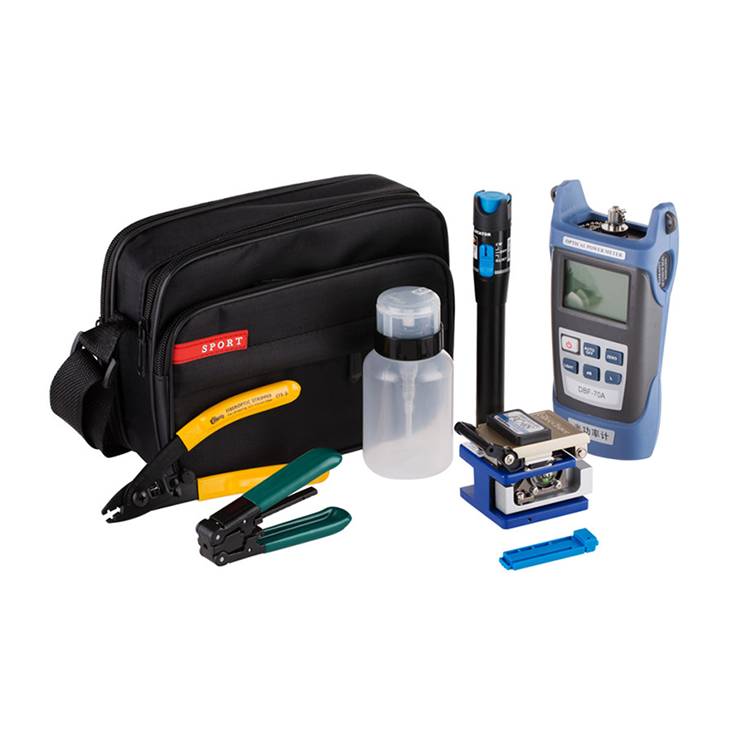- Home
- About Us
- Products
-
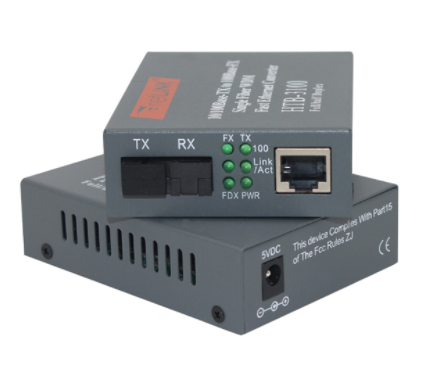
10/100/1000M 1 Fiber Port +1/4 RJ45 Port Fiber Media Converter
10/100/1000M 1 Fiber Port +1/8RJ45 Port Fiber Optical Media Converter
10/100/1000M 1 Fiber Port +8 RJ45 Port Fiber Optical Media Converter
10/100/1000M 1 Fiber Port +4 RJ45 Port Fiber Optic Media Converter
10/100/1000M 1 Fiber Port +1 RJ45 Port Fiber Media Converter
MORE -
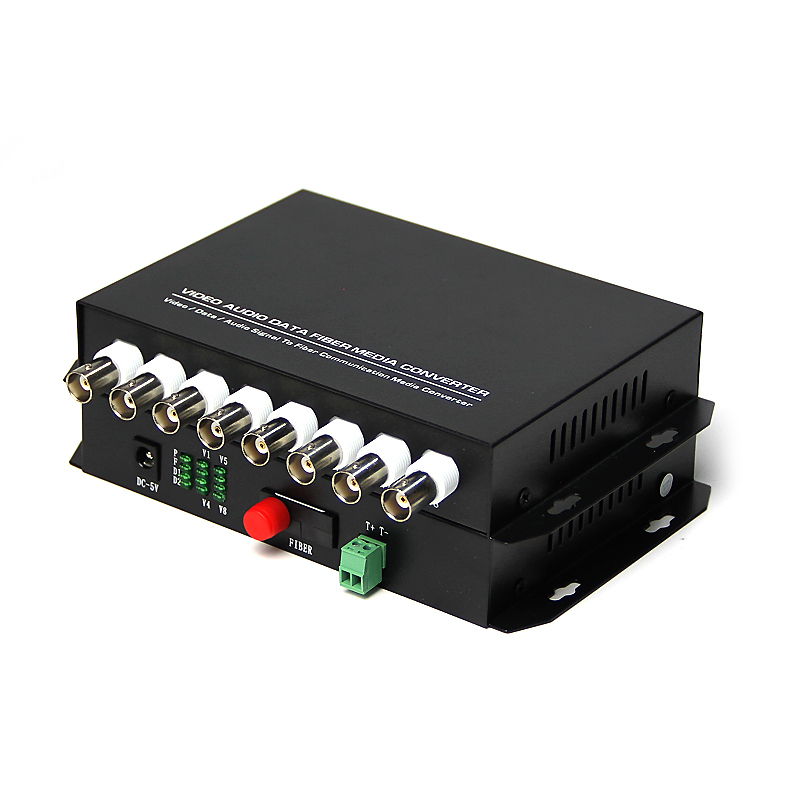
8 Channel RS485 Bidirectional Data to Fiber Optical Converter
4 Channel Bidirectional Data RS485 To Fiber Optic Converter
1 Channel RS485 Bidirectional Data Optic Converter
VGA Optical Converter +RS232 Video Converter + 1 Channel Stereo Audio
VGA Optical Converter + USB + 1 Channel Stereo Audio
MORE -
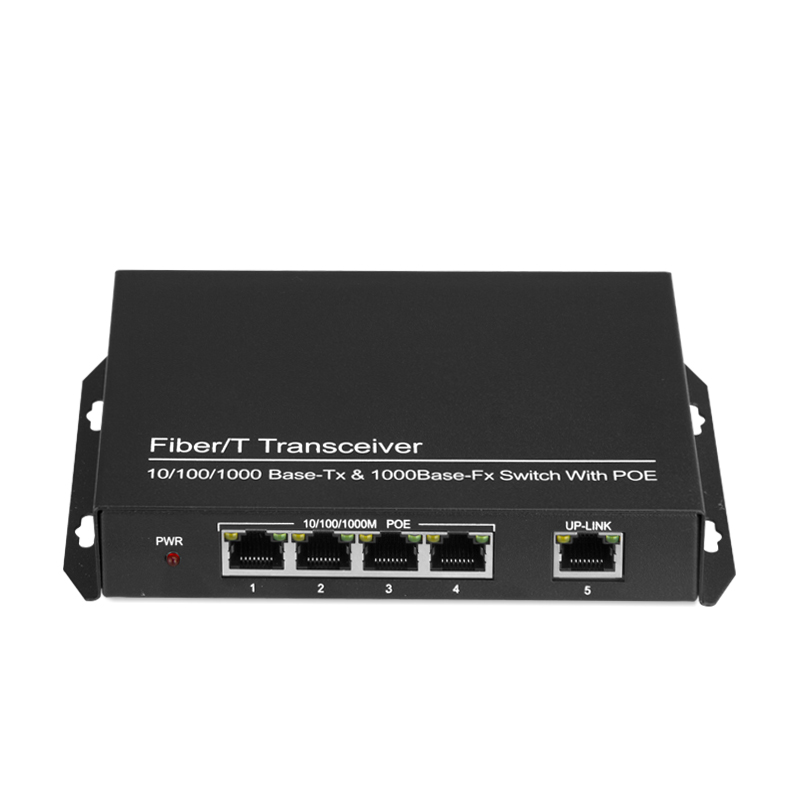
8 Port 1000M POE Fiber Optic Switch + 2 Port 1000M Optical Fiber
1000M 4 Port POE Fiber Optic Switch + 2 Port 1000M Optical Fiber
1000M 8 Port POE Fiber Optic Switch + 1 Port 1000M Optical Fiber
4 Port 1000M POE Fiber Optic Switch + 1 Port 1000M Optical Fibe
8 Port 100M POE Fiber Optic Switch With 1 Port 100M Optical Fiber
MORE
-
- Solutions
- News
- Contact Us

